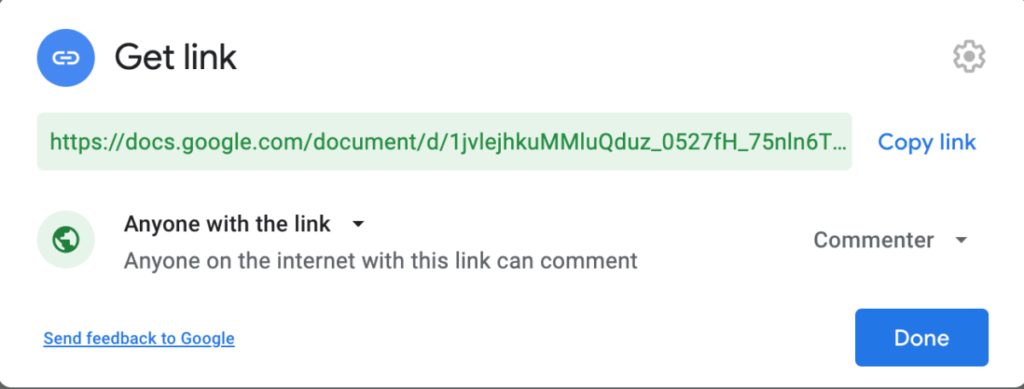Overview
Select a historical 19th or 20th-century print advertisement that uses obvious and/or documented racial, ethnic, or gender stereotypes to sell the product. The advertisement must use photographic or illustrative imagery and must include text. Use the resources provided in Week 10 Agenda > Stereotype in Advertising Media or search with keywords “stereotypes in advertising” or more specifically “racial stereotypes in advertising” or “ethnic stereotypes in advertising” or “gender stereotypes in advertising”.
Expanding on your reading response to Roland Barthes’ 1977 essay, “Rhetoric of the Image,” critically examine and deconstruct your chosen historical advertising image in a manner similar to Barthes’ approach. You will be expected to employ the logic and terminology that Barthes uses in his essay to deconstruct the advertisement. Include references to Saussure, Peirce, and Hall’s theories covered in the Week 3 and Week 10 Agendas. It will also be helpful to review the supporting materials and videos provided in the Reading Response 8 assignment guidelines, specifically the post “Decoding Images and Image Rhetoric — Explained by Lesley Lanir.
Begin with an introduction explaining what you will be presenting in the paper and contextualizing the advertisement (date, product, country of origin, advertising company, intended audience). Using the tools of close-reading, describe the advertisement in as much detail as possible, examining the characteristics of the objects, models/characters, environment, layout, typography, interaction of picture elements, image quality, and composition of the entire ad. Try to identify all of the signs at work in the advertisement. Using Saussure and Peirce’s semiotic terms, identify the signifiers and the signified. Are the signs icons, indexes, or symbols?
Make your best attempt to articulate the meaning of the image, using Barthes’ terms. What is the linguistic message? What are the non-coded iconic messages? What are the coded iconic messages? Identify the denotative and connotative aspects, if there is the use of polysemic signs, myth or naturalization, etc. Consider the cultural codes being conveyed in the advertisement.
Using Stuart Hall’s theories about reception and representation, what was the original dominant/preferred reading? How have the designers/creators tried to ‘fix’ a meaning using stereotypes? Who created it and who was the intended audience during the time period that it was circulated? Consider the effectiveness of the advertisers’ rhetoric and attempts to persuade and influence the audience at the time. Why would the intended audience identify with this advertisement? Did the advertisement serve any other purpose besides the sale of a product? What impact has this advertisement or similar advertisements had on society?
Finally, is your personal reading of the ad, dominant, oppositional, or negotiated? Why?
If you have any questions, don’t hesitate to reach out: jspevack@citytech.cuny.edu
Due Date
The finished paper is due on Sunday, November 14th, at 11:59 pm
Formatting
Your paper will be submitted as a 750-1000 word typewritten paper, double-spaced in 12 pt. Times New Roman.
- Use Google Docs to write and organize your final draft.
- Use the MLA style to format your paper. See MLA example paper here.
- Cite all materials researched for historical context, any related writings, and image sources.
- Include images of the work you are referencing and any other relevant illustrations.
- Use Grammarly or similar to review your paper for grammatical and spelling errors before submitting.
Citations / Works Cited Page
- Use the Google Docs Citation tool set to MLA to add citation sources to your paper.
- IMPORTANT: Add citations within your paper for every fact, visual reference, or quotation that you reference in your paper. (See Adding in-text citation at 0:50 in the video for details.)
- When you are done, add a Works Cited page at the end of your document. This can be done with one click using the Insert Work Cited button. (See Insterting a bibliography at 1:16 in the video for details.)
Submitting Your Paper
- Create an OpenLab Post. (Example Post)
- TITLE: Research Paper 2 – Your Initials
- CATEGORY: Research Papers
- TAG: Research Paper 2
- TAG: Your Name
- Add the title of your paper as a heading.
- Write a brief introduction to your paper.
- Use text to indicate the link to your paper (ie: Research Paper), select this text, and make it a link to your Google doc. (Do not paste the entire Google Doc link in the post)
- Make sure the Google Doc link is set to “Anyone with the link” and Commenter is selected. This will allow others to comment on your paper.






Recent Comments